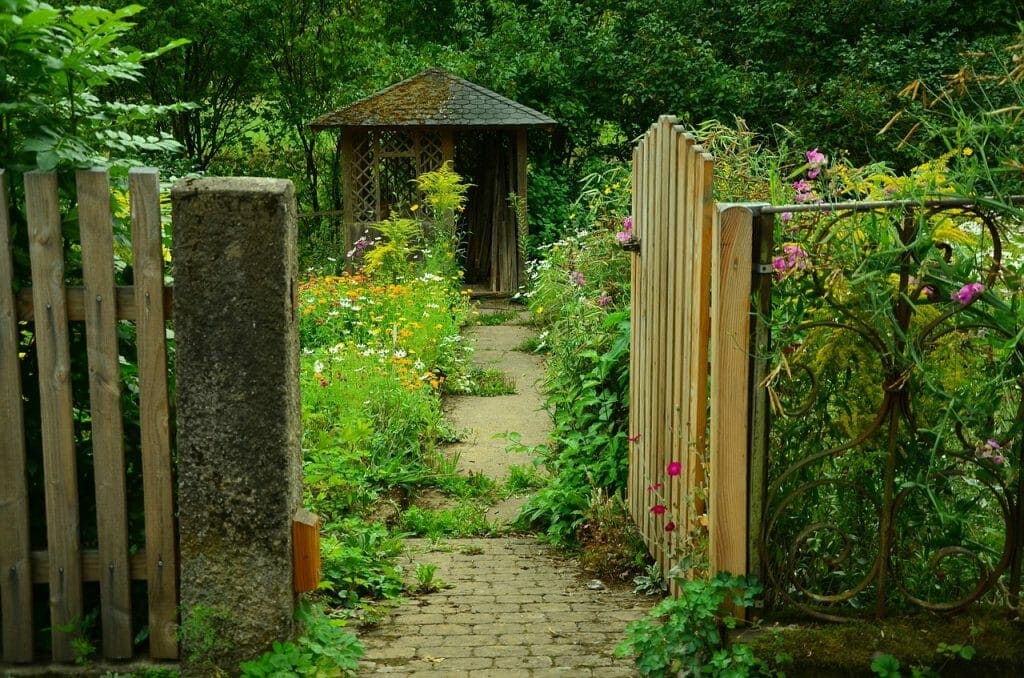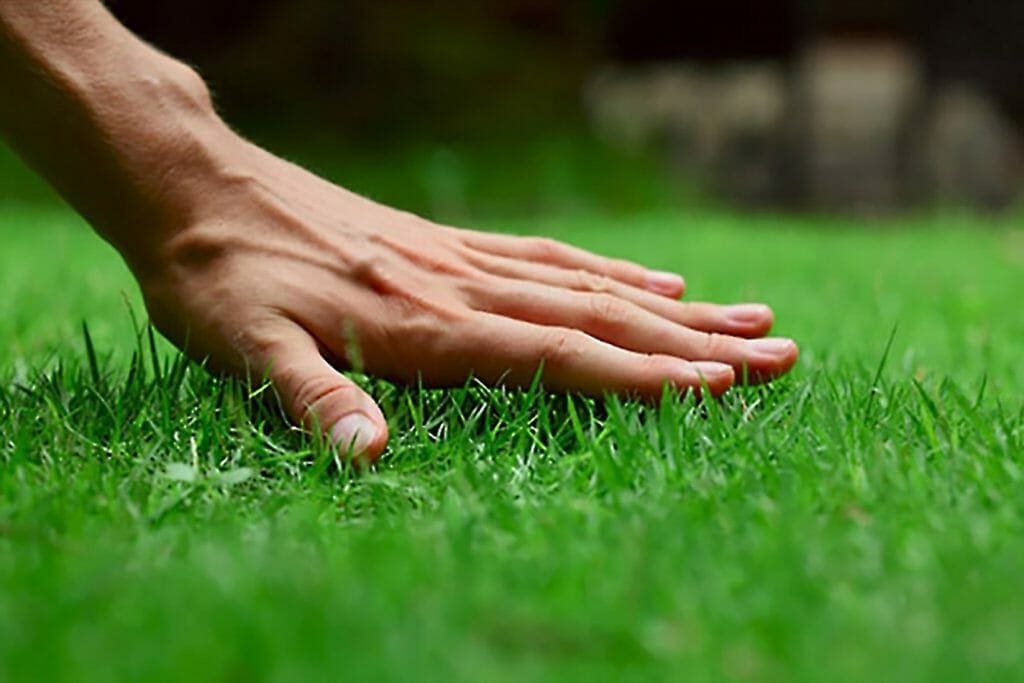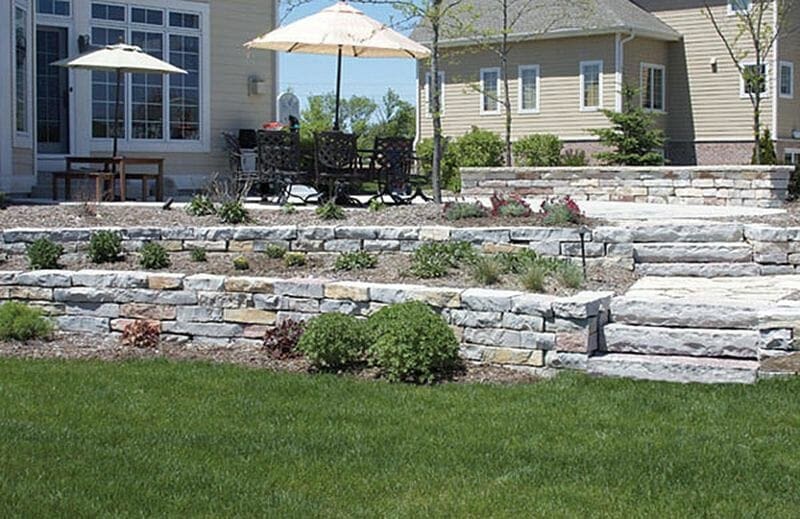Written by David Beaulieu and published on https://www.thespruce.com/
When it comes to having a lawn that is healthy, wonderful, and well-maintained, you shouldn’t think about working only on specific areas of it.
Rather, every area of your lawn should look as tidy as possible, as it will make everything appear a lot more organized and appealing in the long run.
One of the areas you should pay attention to the most is your fence line. There are some property owners who simply feel that a fence would be more than enough as a general enhancement feature for any outdoor area.
Fence Line Landscaping
Ideas for Creative Homeowners
A natural question to ask when you hear talk of “fence line landscaping” is, Why bother at all? That is, you may wonder what purpose a planting will serve. So here are three potential reasons for growing plants along a fence, followed by brief explanations of each:
- To soften
- To camouflage
- To play up a stylistic theme
As a straight-edged hardscape element, the typical wood fence, by its very nature, cries out for some visual softening. This is usually achieved by the use of plants.
In the case of other materials used in building fences, your objective may well be to hide them all together rather than simply softening their “rough edges.” Hiding a chain-link fence is the classic example here, as chain-link fences hold no ornamental value whatsoever; you would gladly dispense with them if not for the practical functions they serve.
For most people, white picket fences evoke the idea of cottage gardens, regardless of whether you have the classic wooden type or have opted instead for a PVC vinyl fence. This is perhaps the best example of reason number three. That is, homeowners will sometimes grow traditional cottage garden plants along a picket fence to harken back to a simpler time and suggest the tranquility of a rustic and/or folksy setting.
The Aesthetic Side
Even when you don’t have a particular style in mind (such as the cottage garden style), giving due diligence to certain aesthetic considerations can make a huge difference in just how attractive your fence line turns out.
For example, if you can tie the fence planting in with the rest of your landscape, it will look like an integral part of the yard as a whole, rather than an afterthought. You can accomplish such unity by employing the landscape design principle of repetition: i.e., if you have some maiden grass, for example, in a nearby bed, “repeat” with it along your fence to create the sense that one bed flows into the other.
Perhaps more importantly, don’t gear your planting to just part of the year, but rather to all four seasons. Make sure you have some of those wonderful spring flowers at which to marvel as Old Man Winter abdicates the throne for another year, as well as a variety of shrubs for fall color. Most gardeners understand that much—it’s the two, longer “tweener seasons” to which we sometimes pay insufficient attention, especially winter. Here are some tips for avoiding color gaps at these times:
- For summer, grow long-blooming perennials and late-blooming bushes such as Rose of Sharon and Bluebeard shrubs.
- For winter, in addition to evergreen shrubs, grow plants such as red twig dogwood. 1The latter looks great in winter against a fence (especially a white one) that basks in ample sunlight, which brings out the red color of the bark to its full display value (but front lighting here is much more effective than backlighting).
The Practical Side
Speaking of sunlight, one thing you must never forget when dealing with a plant is its sunlight requirements. Group full-sun plants together in a bed with a southern or western exposure and shade plants in a location with an eastern or, especially, northern exposure.
The factor of sunlight requirements is just one of the many practical considerations that come to the fore when planning fence line landscaping. Just as you need to group plants with like sunlight requirements, so you should group plants with the same water requirements together.
Understand that fencing creates a microclimate and that this has ramifications for your plants—whether good or bad. For example, if the exposure is southerly (and in full sun), this sheltered environment will experience higher temperatures. Some plants will benefit as a result, but others (such as those susceptible to powdery mildew) may miss the breezes they’d otherwise receive and succumb to a fungal disease. Then again, you may be able to get away with not staking tall perennials growing up against a fence—perennials that you’d otherwise have to stake for sure.
But practical considerations are not limited to those pertaining to the vegetation. What kind of fence do you have? One of the pros of vinyl fences is that they’re low-maintenance. But if you have a wooden fence, you’ll have to paint or stain it periodically. Consequently, space your plant material far enough away from the fence to allow yourself access to your wood fence for maintenance. Remember, too that at maturity, a plant may end up much bigger than it is at the time that you’re installing it. Giving yourself enough space will also facilitate such plant-care tasks as pruning shrubs.
Likewise, many homeowners get the idea of festooning their fencing with vine plants. That works well on chain-link fencing, effectively making it invisible. But how do you stain a wooden fence that has vines growing all over it? In the latter case, an annual vine, such as morning glory flowers, could be a better bet: Simply do your maintenance in the spring, before planting the frost-tender morning glories.
Another alternative is to grow your vines in portable containers, suspend the containers from the fence, and let the vines hang down. That way, you can simply remove the containers for maintenance and re-install them afterward. This approach also gives Northerners a great excuse to experiment with tender vines that they might not otherwise grow. We’ve occasionally seen hanging baskets of bougainvillea plants, for example, for sale in nurseries in New England (U.S.). Suspended at intervals from your fencing, several such containers could easily create a mini-Mediterranean haven.
On the Wrong Side of the Fence?
So, after reading the foregoing ideas on fence line landscaping, does it sound like a project you are interested in undertaking? Bravo! Now let’s get down to the nuts and bolts of the matter.
First of all, does the fence in question separate your yard from a strip of land that borders the street, perhaps a grassy rectangle that you have to mow but that you otherwise ignore? Then don’t be one-sided in your thinking: landscape both sides of your fencing, if at all feasible.
On the street side, your landscaping may be something as simple as laying down a bed of landscape mulch, two feet wide or so. The idea here is to avoid having to use a weed eater to keep down vegetation growing up against the fence. By mulching the area, you eliminate this landscape maintenance task.
Whether you choose to do more than just mulch the street side of the fence will depend on many factors. A warning: if this is public land (sometimes called a “tree belt”), you’ll want to get permission from the town first. Beyond that, other factors that potentially come into play include:
- Pollution
- Theft
- Vandalism
Some plants hold up to pollution better than others. One street pollutant you’ll have to deal with is the salt that cities use to make the roads safer in winter. Salt-tolerant plants are your answer here.
Theft and vandalism (a true threat if you have bad neighbors) are tougher challenges to deal with. If someone is intent on stealing or wrecking your plants, there’s not much you can do about it in such an exposed area. That’s why, when choosing what flowers to plant around a mailbox, you should pick annuals. The same advice applies to landscape driveways (at the entrance). Quite simply, you will have less time, money and energy invested in annuals than in perennials and shrubs. So although their loss will be felt, it won’t sting as much to lose annuals.
Installing the Plants
Perhaps you’re thinking, “All of that is fine, but how do I install the plants, and what if I want to grow something besides flowers?” While there are as many ideas for fence line landscaping as there are fences, we’ll conclude with a few tips to point you in the right direction, beginning with the mechanics of planting a bed.
Loosely layer your flower beds for optimal visual effect. A composition with three rows (short plants in front, tall ones in the back, medium-sized ones in the middle) often works well.
Looking for a way to keep the bed contained? Create a neat, low-maintenance planting next to a fence.
When softening the rigid lines of fencing through the use of plants, some of you may want to take that idea to its logical conclusion and install the plants in a curving bed to create a nice focal point.
Others of you, by contrast, may wish to streamline the design considerably. Maybe you’re an aficionado of formal landscape design, and far from wanting to soften the beeline created by your fencing, you wish to accentuate it. You can achieve this by growing hedge plants in a neat row. Dwarf boxwoods are an outstanding choice here, not only because they are amenable to shearing, but also because they are compact and evergreen. Privet hedges are also commonly grown in conjunction with fences; as their name suggests, they have been used traditionally to gain privacy.
More Information
Some homeowners like the idea of such plantings so much that they dispense with the hardscape (i.e., the fencing) altogether. In addition to formal hedges, looser groupings of shrubs and/or trees can also be used to promote privacy.
If you don’t have a fence yet but would like one, browse through some fence pictures before deciding on a style. This photo gallery also shows some examples of fence line landscaping.
Original post here https://www.thespruce.com/fence-line-landscaping-4125535/.



